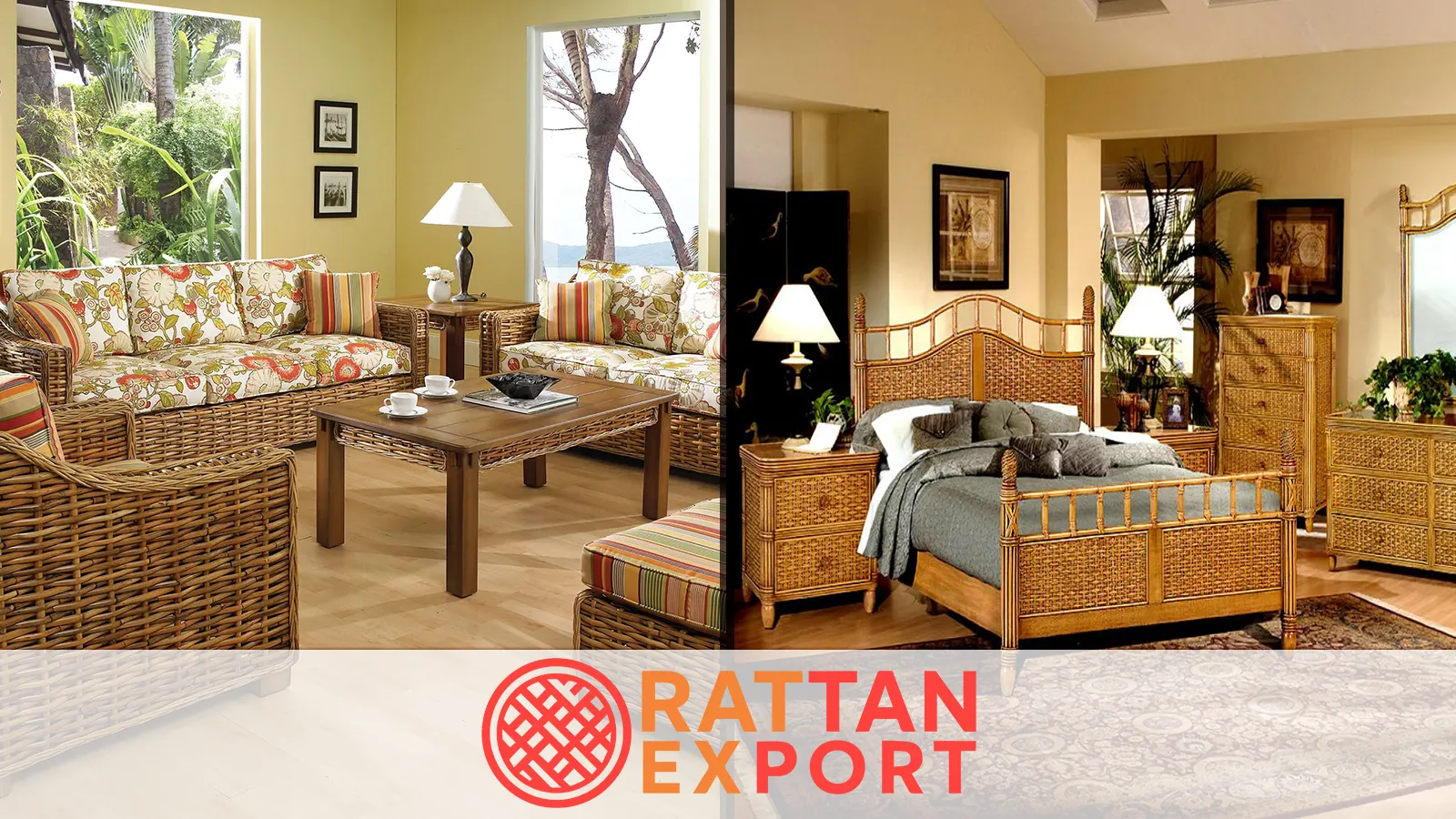Rattan Tables
Rattan tables are timeless pieces of furniture that blend natural beauty, cultural craftsmanship, and long-lasting durability. Known for their warm textures and tropical aesthetics, rattan tables have become popular worldwide in both indoor and outdoor settings. Whether designed as coffee tables, dining tables, side tables, or patio tables, rattan offers versatility and elegance. Crafted from natural rattan or synthetic PE rattan, these tables are lightweight, eco-friendly, and built to withstand daily use. From tropical resorts in Bali to modern urban apartments, rattan tables provide a perfect balance between function and design, making them an essential element in contemporary furniture collections.
What Are Rattan Tables?
Rattan tables are furniture pieces that use woven rattan or cane for their structure or decorative surfaces. They are often combined with wooden or metal frames to enhance strength. Tabletops may feature rattan panels, glass surfaces, or a mix of materials for modern appeal. These tables come in various shapes and sizes, such as round coffee tables, rectangular dining tables, and small bedside tables. Because of their versatility, rattan tables can be placed in living rooms, bedrooms, patios, gardens, and commercial spaces like restaurants and resorts.
Why Choose Rattan Tables?
There are several reasons why rattan tables are highly valued:
- Natural Aesthetics: The woven look brings a warm, tropical feel to interiors and exteriors.
- Lightweight: Easy to move compared to solid wood or marble tables.
- Durability: Strong weaving and sturdy frames make them long-lasting.
- Eco-Friendly: Natural rattan is renewable, and synthetic rattan is recyclable.
- Versatility: Suitable for a wide range of environments and design styles.
Types of Rattan Tables
Rattan tables are available in many forms:
- Rattan Coffee Tables: Low tables for living rooms, patios, or lounges.
- Rattan Dining Tables: Larger tables for family meals or restaurants.
- Rattan Side Tables: Compact designs for bedrooms and living rooms.
- Rattan Outdoor Tables: Weather-resistant tables for patios and gardens.
- Luxury Rattan Tables: Premium pieces with glass tops and artistic weaving.
Applications of Rattan Tables
Rattan tables are multifunctional and adapt to various uses:
- Homes: Living rooms, dining areas, bedrooms, patios, and balconies.
- Hotels & Resorts: Poolside lounges, beach villas, restaurants, and lobbies.
- Cafés & Restaurants: Create a natural and cozy atmosphere for guests.
- Outdoor Events: Garden parties, weddings, and special occasions.
- Airbnb & Vacation Homes: Stylish and sustainable furniture options.
Materials and Craftsmanship
High-quality rattan tables are handcrafted by skilled artisans. Natural rattan is flexible, lightweight, and sustainable, while synthetic PE rattan is engineered for durability and weather resistance. Frames are often made from hardwood, bamboo, or powder-coated aluminium to ensure stability. Tabletops can include tempered glass, wood, or full rattan weaving. Traditional weaving patterns, such as herringbone or diamond, add unique artistry to each piece.
Sustainability Benefits
Rattan tables represent eco-conscious living. Natural rattan grows rapidly and is harvested without damaging forests. Synthetic PE rattan is recyclable and long-lasting, reducing furniture waste. Purchasing rattan furniture also supports artisan communities in Indonesia, especially in Bali, Java, and Lombok, where weaving traditions are an important cultural heritage.
Durability and Longevity
Rattan tables can last 15–20 years with proper care. Natural rattan is best suited for indoor and semi-outdoor spaces, while PE rattan can withstand rain, humidity, and direct sunlight. With strong frames and protective finishes, rattan tables remain sturdy and beautiful for decades, making them a valuable investment.
Maintenance Tips
Maintaining rattan tables is simple:
- Dust regularly with a soft cloth or brush.
- Wipe with mild soap and water for stains.
- For outdoor tables, cover them during heavy rain or storms.
- Use coasters and tablecloths to avoid stains on surfaces.
- Apply protective oil once a year for natural rattan.
Price Range of Rattan Tables
The cost of rattan tables varies depending on size, design, and quality. Below is a price comparison:
| Type | Price (USD) |
|---|---|
| Rattan Coffee Table | ~170 |
| Rattan Dining Table | ~600 |
| Rattan Side Table | ~110 |
| Luxury Outdoor Rattan Table | ~1.000 |
Export and Global Market
Indonesia is one of the largest exporters of rattan furniture, including rattan tables. Production hubs in Bali, Java, and Lombok supply global markets in Europe, the United States, and the Middle East. Exporters provide FOB (Free On Board) or Ex-Works shipping terms, with secure packaging for international transport. Buyers often request custom designs in terms of size, colour, and finishing to meet specific market preferences. With rising global demand for eco-friendly furniture, rattan tables remain highly competitive in international trade.
Conclusion
Rattan tables are more than just furniture—they are an investment in beauty, sustainability, and practicality. With versatile designs, eco-friendly materials, and artisan craftsmanship, rattan tables enhance homes, resorts, and restaurants worldwide. Whether used indoors or outdoors, these tables deliver timeless elegance, making them a must-have piece in sustainable modern living.
